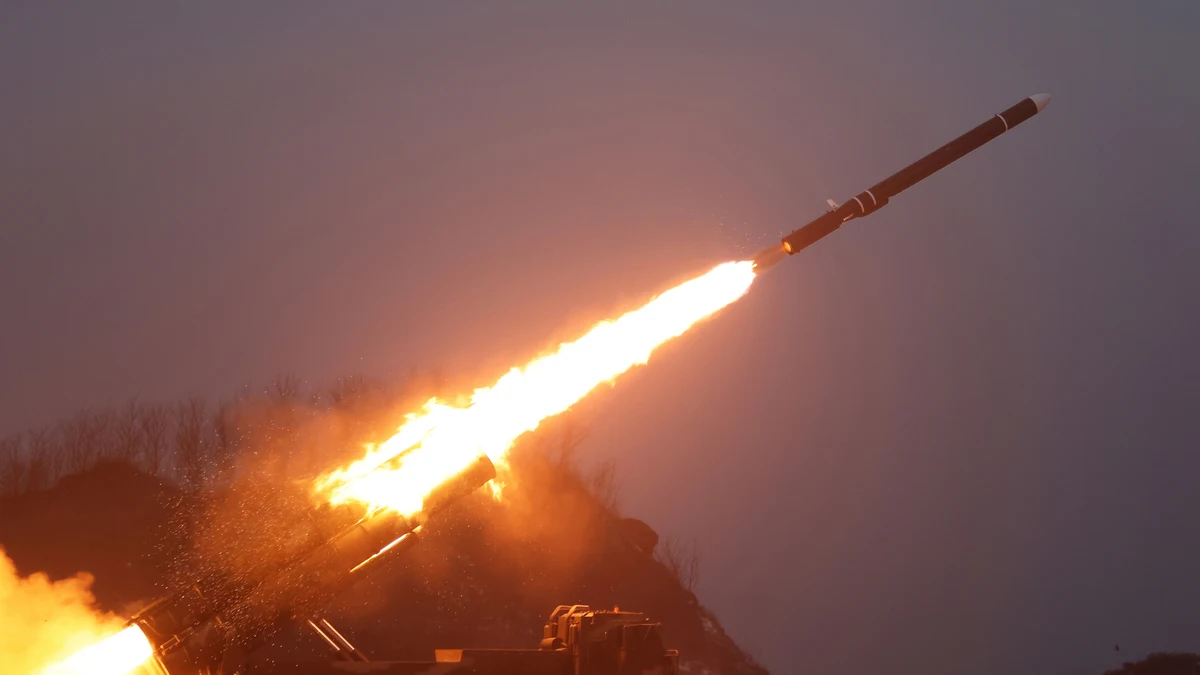
The South Korean Army has reported that North Korea launched this Friday several cruise missiles around the Yellow Sea (called the West Sea in both Koreas), in what represents the fourth test of this type in the last ten days.
“Our military detected several cruise missiles of unidentified type launched by North Korea into the West Sea around 11:00 (2:00 GMT) today, Friday, February 2, and the intelligence authorities of the Republic of Korea (name official South) and the US are carrying out a detailed analysis“explained the southern Joint Chiefs of Staff (JCS) in a statement.
This Friday’s is the fourth test of this type in the last ten days after those carried out in the past January 24, 28 and 30 with Pulhwasal-3-31 and Hwasal-2 cruise missiles, carried out both on the coast of the Yellow Sea and on the coast of the Sea of Japan (called the East Sea in both Koreas), from where the launch was supposedly carried out from a submarine .
Although North Korea’s cruise missile launches are not punished by UN sanctions, the fact that they fly at low altitude and enjoy maneuverability makes them a difficult weapon to intercept. Experts believe that the Pulhwasal could be a new version of the Hwasal and that the number 31 would refer to the fact that they can carry the Hwasan-31 (‘Volcano-31’) tactical nuclear warhead, the existence of which was first revealed last year. .
It coincides with Kim’s visit to the area
This Friday’s weapons test coincides with the publication in North Korean media of leader Kim Jong-un’s visit to the Nampho shipyards (west coast), where ships are built for the Navy. Kim stated that “strengthening the naval force is the most important issue in reliably defending maritime sovereignty.”
The marshal’s words come a few days after he highlighted the progress made in providing the Navy with nuclear weapons and that, after describing the South as the main enemy of his country and affirming that reconciliation between both neighbors is now impossible, considered that Pyongyang cannot “tolerate” the drawing of the so-called Northern Limit Line (NLL) in the Yellow Sea.
Drawn by the United Nations to avoid new clashes after the signing of the armistice that ended the Korean War in 1953, the NLL is rejected by North Korea, which defends that the dividing line should be located further south. The North Korean regime conducted artillery exercises alongside the NLL in early January, prompting Seoul to issue evacuation alerts on border islands and respond with its own maneuvers with live fire.
Source: Lasexta
Ricardo is a renowned author and journalist, known for his exceptional writing on top-news stories. He currently works as a writer at the 247 News Agency, where he is known for his ability to deliver breaking news and insightful analysis on the most pressing issues of the day.












